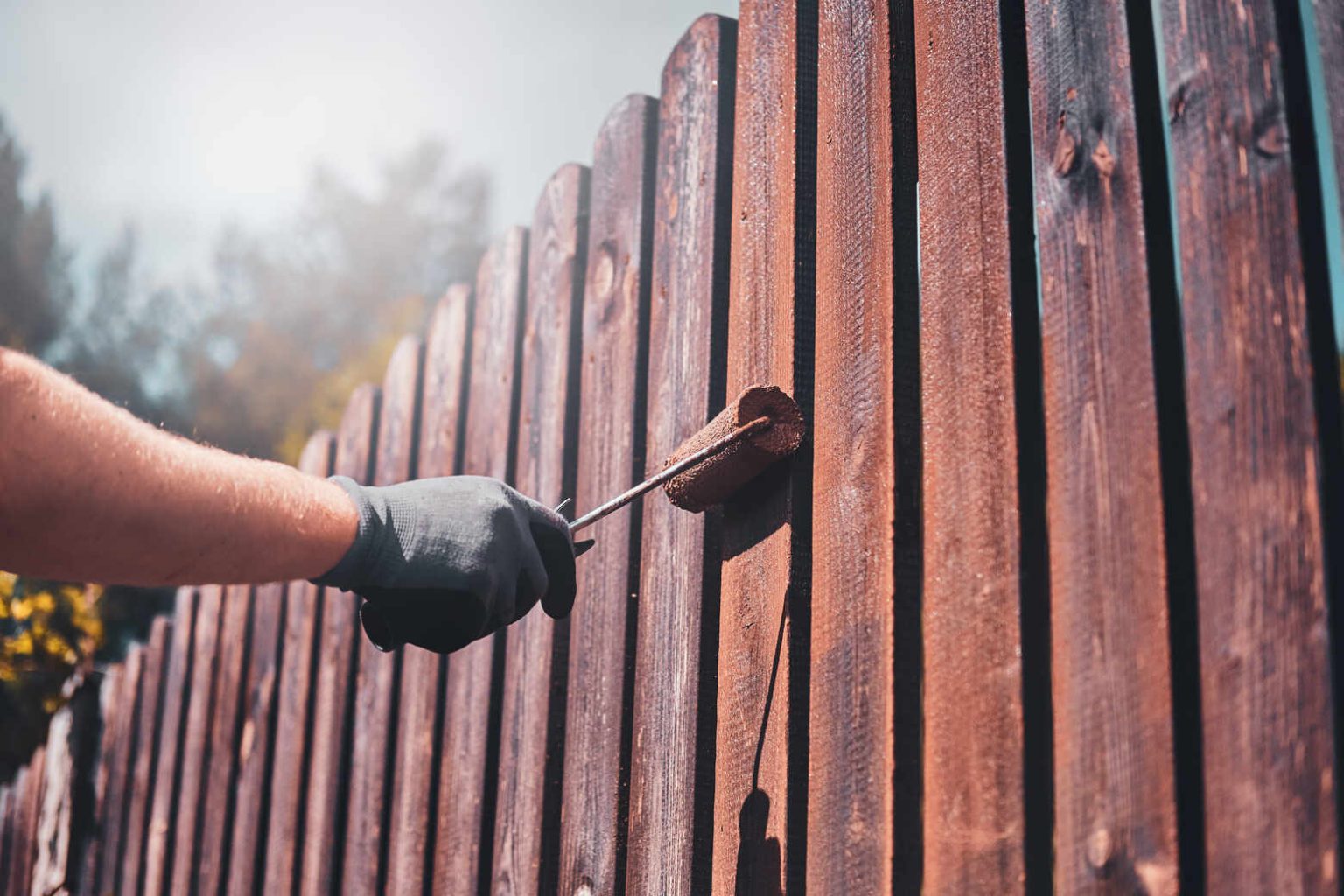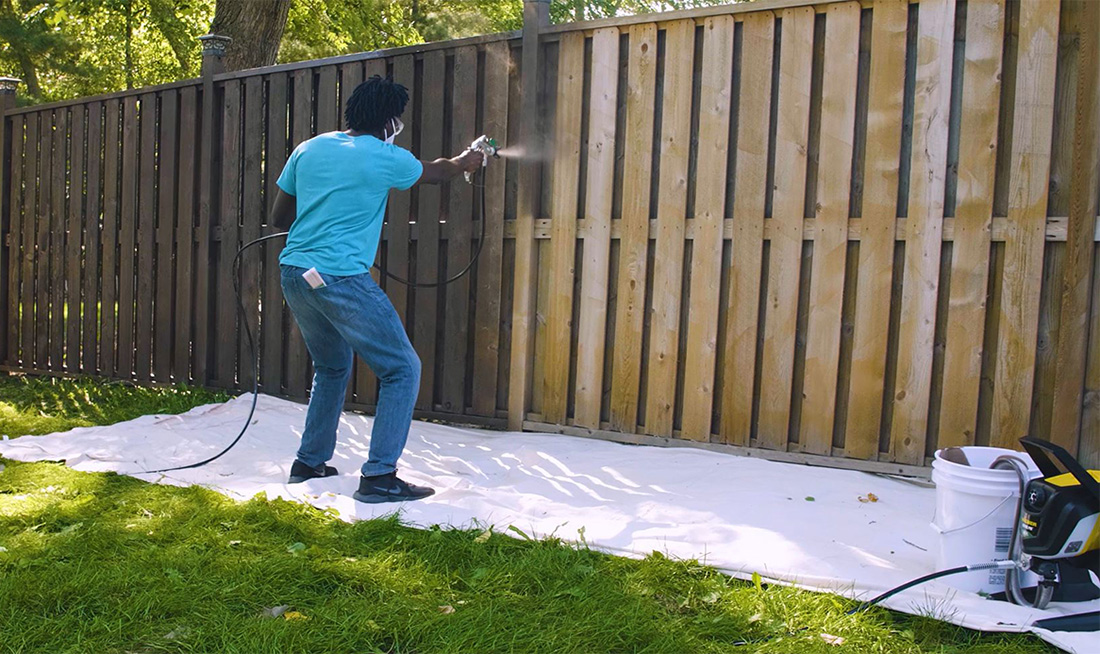The Ultimate Overview to Fencing Staining: Tips and Techniques You Need to Know
In the realm of home upkeep, fencing discoloration often emerges as a job that requires attention but is regularly overlooked. The procedure includes more than just slapping on a coat of stain; it requires accuracy, knowledge, and the right techniques to guarantee a long-lasting and aesthetically appealing outcome. Whether you are a seasoned do it yourself lover or a house owner wanting to boost the visual appeal of your residential or commercial property, comprehending the nuances of fence discoloration can make a significant difference. Allow's explore the details of this relatively simple yet surprisingly complex job to open the secrets that can change your fence from a simple limit to a standout function of your outdoor space.
Advantages of Fence Discoloration
What benefits does fence staining deal to house owners seeking to enhance both the appearance and long life of their outdoor structures? Fencing discoloration offers countless benefits that make it a preferred selection for property owners looking to shield and improve their fences.
Additionally, fence discoloration aids to safeguard the wood from the components, such as rain, snow, and UV rays. This security not just protects against the timber from deteriorating and decaying but additionally prolongs its life-span, conserving home owners money on costly repair work or replacements in the future. Fence Staining. Additionally, discoloring develops an obstacle against bugs, such as termites and woodworker ants, which can cause considerable damage to untreated timber fences
Choosing the Right Stain

An additional variable to consider is the level of protection you want for your fence. Transparent discolorations give minimal defense against UV rays and dampness, while semi-transparent and strong stains offer raised protection. If your fence is subjected to harsh climate condition, a solid stain may be the very best option to make certain optimum sturdiness.

Preparing Your Fence
Previous to using the chosen stain, comprehensive prep work of the fencing surface area is necessary to guarantee optimum results. Begin by cleaning up the fencing to eliminate dust, debris, and any type of old discolor or paint. Make essential fixings to guarantee the fencing is structurally audio.
After cleansing and fixing, it is essential to sand the fence to develop a smooth surface for the tarnish to comply with. Make use of a medium-grit sandpaper to remove any rough spots or imperfections. Wipe down the fence with a tack cloth to eliminate any kind of remaining dirt bits.
Applying the Discoloration

When applying the tarnish, function systematically section by area, starting from the leading and relocating downwards to prevent drips and why not check here guarantee also insurance coverage. Use long, smooth strokes to apply the stain towards the wood grain, enabling for better infiltration and a much more specialist surface. Make sure to keep a wet edge to stay clear of lap marks and overlap each stroke slightly to mix the tarnish perfectly. As soon as the first layer is complete, enable it to completely dry according to the producer's instructions prior to making a decision if a 2nd coat is needed for added defense and durability.
Preserving Your Stained Fencing
To ensure the longevity and visual charm of your stained fencing, normal upkeep is important. The first step in maintaining your tarnished fencing is to frequently examine it for any indicators of wear, such as fading, peeling, or cracking. Resolving these problems without delay can stop further damage and prolong the life of your stain. It is recommended to clean your discolored fencing at the very least yearly using a light cleaning agent and water to get rid of dust, crud, and mildew accumulation. After cleaning, allow the fence to completely dry entirely prior to applying any extra therapies or spots. In addition, it is critical to keep track of the sealer on your tarnished fence and reapply it as required to safeguard the wood from wetness and UV damage. Finally, keep plants cut and away from the fencing to stop mold and mildew and mildew growth. By adhering to these upkeep pointers, you can make certain that your stained fence continues to be in top problem for several years ahead.
Final Thought
Finally, fence discoloration supplies various advantages such as defense versus weathering and enhancing the aesthetic allure of your home. By choosing the ideal discolor, effectively preparing your fence, applying the discolor appropriately, and preserving it on a regular basis, you can guarantee your fencing continues to be in leading problem for several years ahead. Following these ideas and strategies will certainly help you achieve a beautifully stained fencing that will certainly stand the examination of time.